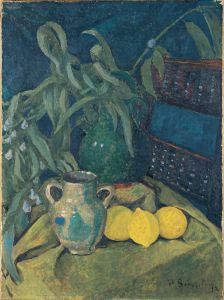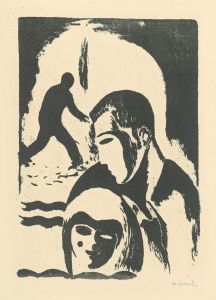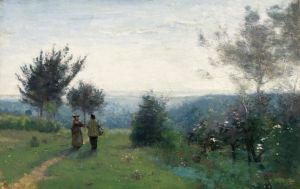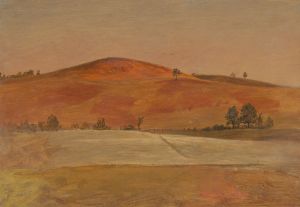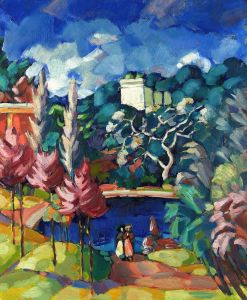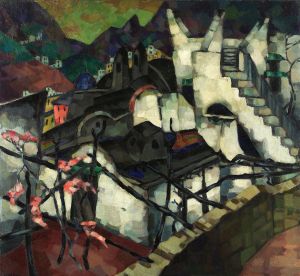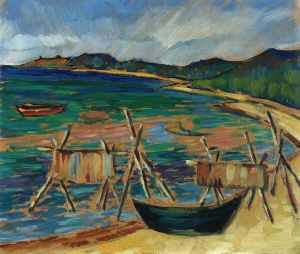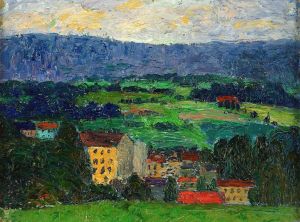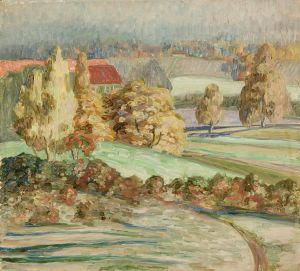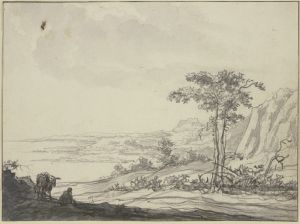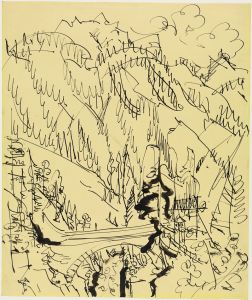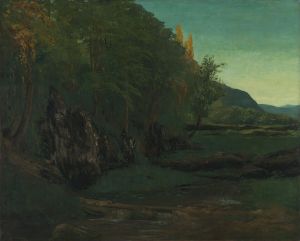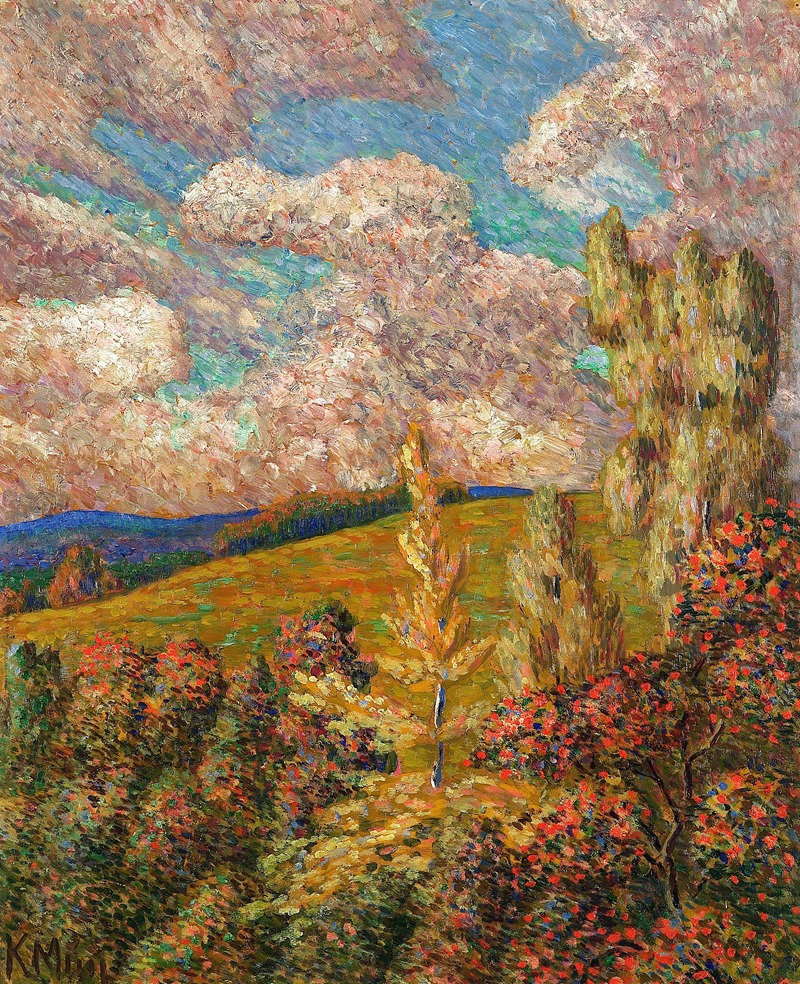
Maastik
A hand-painted replica of Konrad Mägi’s masterpiece Maastik, meticulously crafted by professional artists to capture the true essence of the original. Each piece is created with museum-quality canvas and rare mineral pigments, carefully painted by experienced artists with delicate brushstrokes and rich, layered colors to perfectly recreate the texture of the original artwork. Unlike machine-printed reproductions, this hand-painted version brings the painting to life, infused with the artist’s emotions and skill in every stroke. Whether for personal collection or home decoration, it instantly elevates the artistic atmosphere of any space.
Konrad Mägi was an Estonian painter known for his vibrant landscapes and expressive use of color. Born on November 1, 1878, in the town of Rõngu, Mägi became one of the most prominent figures in Estonian art during the early 20th century. His work is often associated with the Neo-Romantic and Expressionist movements, and he is celebrated for his ability to capture the essence of the natural world through his unique artistic vision.
"Maastik" (translated as "Landscape") is one of Mägi's notable works, showcasing his distinctive style and approach to landscape painting. Although specific details about this particular painting are limited, Mägi's landscapes generally reflect his deep connection to nature and his interest in exploring the emotional and spiritual dimensions of the environment. His paintings often feature bold colors and dynamic compositions, which convey a sense of movement and vitality.
Mägi's artistic journey began in the early 1900s when he studied at the Saint Petersburg Art and Industry Academy. His exposure to various artistic movements and styles during his time in Russia significantly influenced his development as an artist. Mägi later traveled to Paris, where he was further inspired by the works of the Impressionists and Post-Impressionists. This exposure to different artistic traditions helped shape his unique approach to landscape painting.
Throughout his career, Mägi was deeply influenced by the natural beauty of Estonia, and his works often depict the country's diverse landscapes, including forests, lakes, and coastal scenes. His paintings are characterized by their vivid color palettes and expressive brushwork, which capture the changing moods and atmospheres of the natural world. Mägi's ability to convey the emotional resonance of a landscape through color and form is one of the defining features of his work.
In addition to his landscapes, Mägi also painted portraits and still lifes, but it is his landscapes that have garnered the most attention and acclaim. His work is considered a significant contribution to Estonian art, and he is regarded as one of the pioneers of modern art in the country. Mägi's paintings are held in high esteem and are part of the collections of several major museums, including the Art Museum of Estonia.
Konrad Mägi's legacy continues to influence contemporary artists, and his work remains an important part of Estonia's cultural heritage. His landscapes, including "Maastik," are celebrated for their ability to transcend the physical depiction of nature and evoke a deeper emotional and spiritual response in the viewer. Through his art, Mägi invites us to see the world through his eyes, offering a glimpse into the beauty and complexity of the natural world.
While specific information about "Maastik" may be limited, the painting is representative of Mägi's broader body of work and his enduring impact on the world of art. His innovative use of color and form continues to inspire artists and art enthusiasts alike, ensuring that his contributions to the art world are remembered and appreciated for generations to come.





